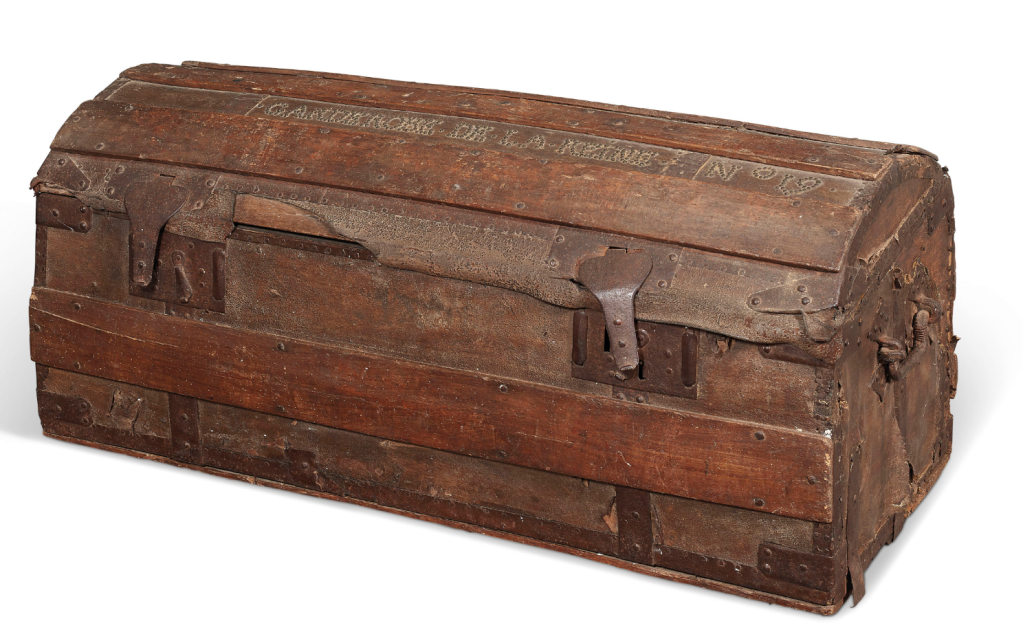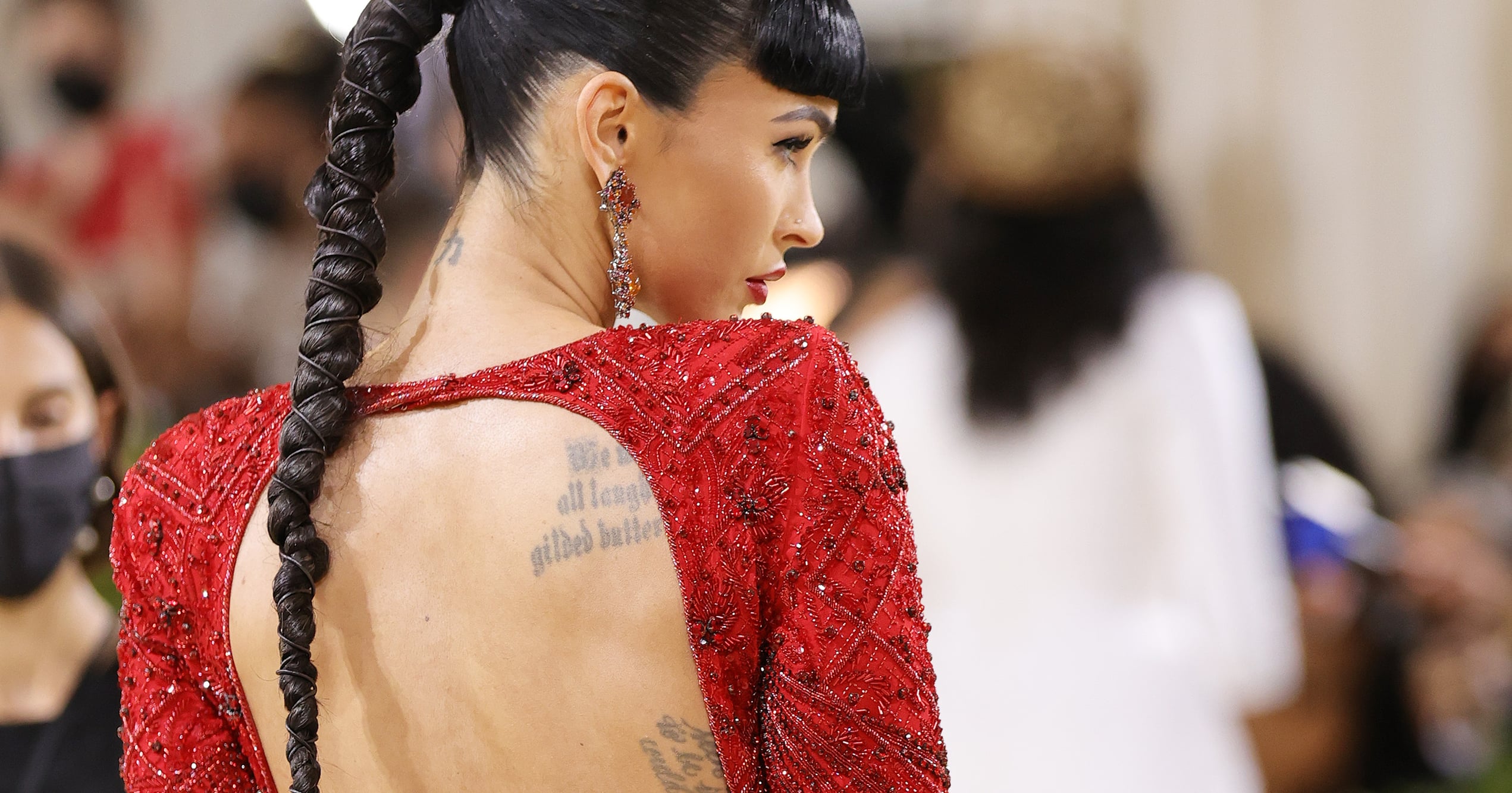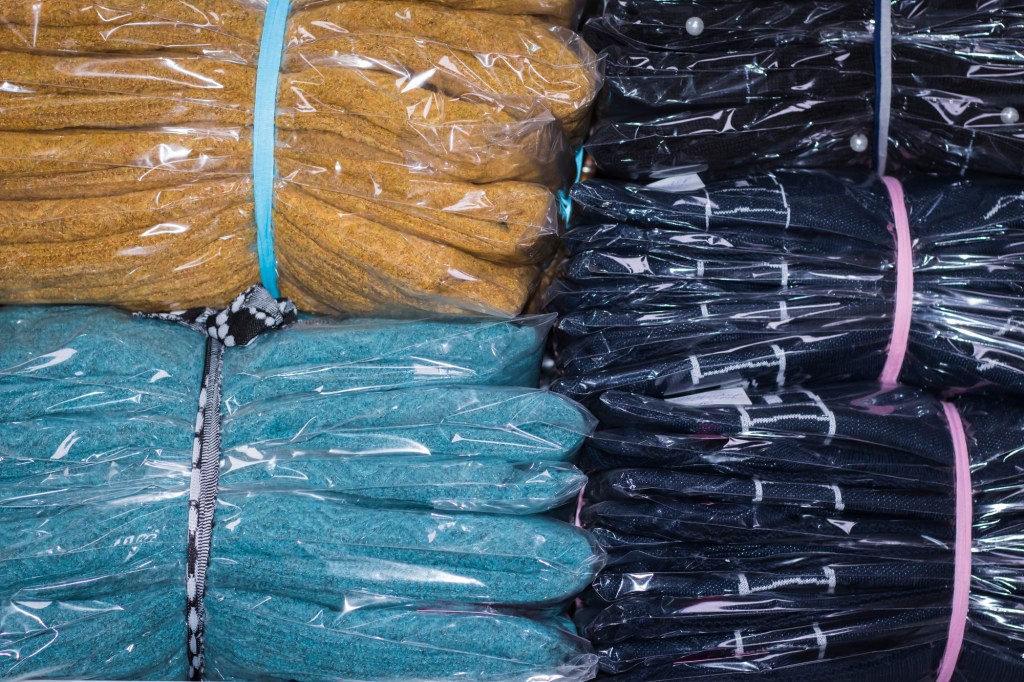Fashion is in abundance in New York City, but the Crown Heights gallery “B” Dry Goods will soon be serving up some rare material.
Founder Gabe Boyers has culled some hard-to-find art, rare books, sketches and ephemera for “Fashion Forward,” an exhibition that bows on Thursday and will run through March 30. Creations by Yves Saint Laurent, Pierre Balmain, Hubert de Givenchy, Karl Lagerfeld, Alexander McQueen, Christian Lacroix, Antonio Lopez, Christian Dior and other notables will be in the mix. A self-proclaimed “lover of fashion,” Boyers said visitors will also find a compact by Elsa Schiaparelli that was based on a 1935 design of Salvador Dalí that he mined from a vintage shop in Paris.
In total, there are 170 pieces that will be showcased to “enthusiastically celebrate fashion in lots of different angles,” said Boyers, who strives to offer things for a range of collectors and clients starting at $30 and climbing up to “hundreds of thousands of dollars.”

A traveling trunk that once belonged to Marie Antoinette is a highlight, due to its rarity as being “a seminal thing that she used to carry her wardrobe to different palaces,” Boyers said. Other attractions are a drawing by Givenchy of the iconic “little black dress” that he designed for Audrey Hepburn for the 1961 feature film “Breakfast at Tiffany’s,” and a trove of 100-plus Givenchy costume designs for a Bolshoi Ballet production of “Giselle.” There’s also a bralette made of thousands of metal screws by New York-based artist Patrice Yourdon. “It’s quite heavy but it could be worn,” Boyers said with a laugh.
Photos of Liza Minnelli once owned by Halston at “the Battle of Versailles,” the 1973 historic fashion show between a handful of American designers and their French counterparts, will be on view as will some of Minnelli’s eyelash extensions. “I definitely know a couple of people who will be very excited to pick up a few pairs of those,” Boyers said.
An Andy Warhol-inspired tank “Souper Dress” produced by the Campbell Soup Co. is also expected to draw some attention, Boyers said.
There is also a collection of drawings done by Yves Saint Laurent for what turned out to be an unpublished feature by the late fashion editor June Weir in the now-defunct magazine Mirabella. “In this key moment in the ’80s, when [more] women were entering the workforce, she asked him, ‘How can a woman, who is not of infinite means, dress herself for the workplace without blowing the bank? Can you take some key pieces and modify them to change the outfit?’” said Boyers, adding that Saint Laurent proposed such tweaks as using a scarf as a belt or wearing a jacket more casually. “It really speaks to this extremely important pivot point in women’s fashion that Yves Saint Laurent was very much involved with.”

Such fashion-centric items are almost talismans for people to connect with figures who are important to them, Boyers said. “People identify very deeply with fashion designers, who provide them with this kind of skin that makes them feel like themselves. Gallery visitors can even try on select pieces like a leather jacket that was previously owned by Frank Zappa, a more delicate paper dress imprinted with an image of the musician Bob Dylan, one of the prized actor Paul Newman’s trenchcoats, and jackets that belonged to Chet Baker at one time.


